Blog

Essential Oils for Dogs
It’s no secret that essential oils have become a household favorite for everything from stress...
Read more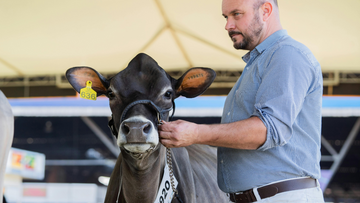
Clipping Cattle for Show: A Complete Guide
Whether you're preparing for a local fair or a major livestock competition, grooming your animal...
Read more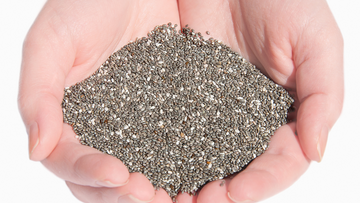
Chia Seeds for Horses
Chia seeds are a great supplement to any diet. They are small seeds harvested from...
Read more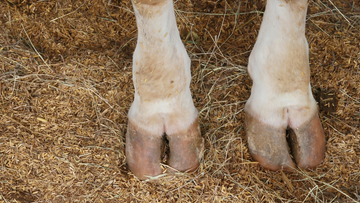
Common Diseases of Cattle
Cattle health can change quickly, and sometimes without warning. Raising cattle can be challenging, but...
Read more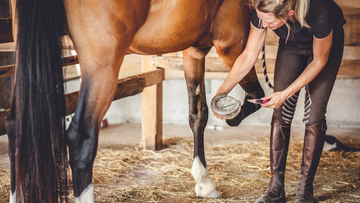
White Line Disease in Horses
What is White Line Disease? The white line is the area of the hoof where...
Read more
What Causes Diabetes in Dogs?
Just like people, dogs can develop diabetes. Understanding the causes of this disease is the...
Read more
Can Horses Have Allergies?
Yes! Horses can suffer from allergies just like humans, and it’s important for owners to...
Read more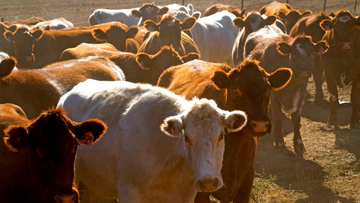
What You Need to Know About White Muscle Disease in Cattle
If you have experience with cattle, you’ve probably heard about white muscle disease (WMD). This...
Read more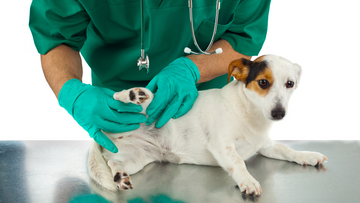
Dog Hip Dysplasia Home Treatment
Hip dysplasia in dogs is a common genetic condition. Hip dysplasia affects a dog's hip...
Read more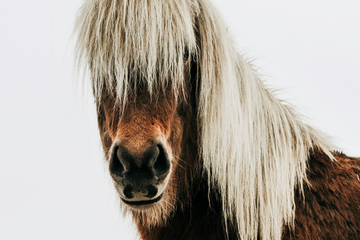
What Is Cushing’s Disease in Horses?
If you’re into horses, you’ve probably heard of Cushing’s Disease. It’s also known as Pituitary...
Read more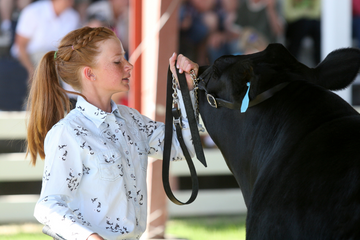
Mastering the Show Ring: Understanding Showing Cattle
Cattle shows are arenas where cattle are judged against each other and breed standards. These...
Read more
What You Need to Know About Vitamin D for Your Dogs
As a dog owner, you’re probably already doing everything possible to ensure your furry friend...
Read more










